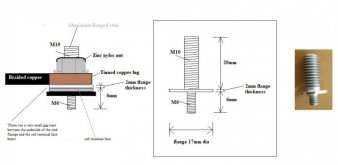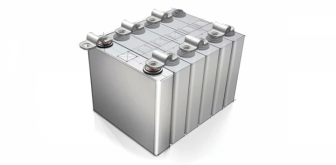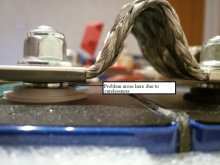Where did you find your aluminum bolts? Are they aluminum bolts or aluminum grub screws?I like it! Do I get any points for that?
I have the aluminum bolts, washers and bus bar stock on-hand, ready to go. I just need to find my motivation. It's around here somewhere.
As I compound the issues of trying to affix stainless grubscrews into aluminum terminals with the possibility of stainless nuts galling into those stainless grub screws (degrading their threads and making disassembly less straightforward than expected), the idea of going all-aluminum is growing in appeal.
I’ve even asked about the possibility of using aluminum lugs with set screws.
These could be bolted down once and forever using aluminum bolts and nuts (or aluminum grub-screws if they exist) and then the copper or aluminum cable connections could be made (and easily dissassembled) using the set screws.
You could also bolt down an aluminum bus bar but
A/ disassembly requires unthreading the bolts (so threadbare within the soft terminal threads could be a concern) and
B/ a rigid busbar means that whatever fixturing solution you settle on for your 280Ah LiFePO4 cells, it can involve movement or require any flexibility of the connections.
Are setscrew connections to copper or aluminum cable a viable solution?







